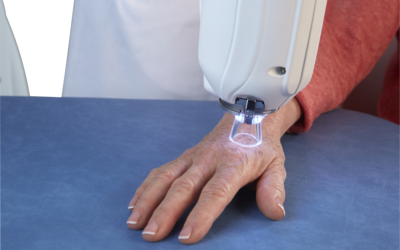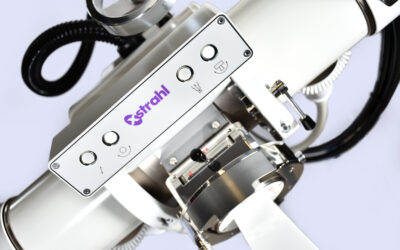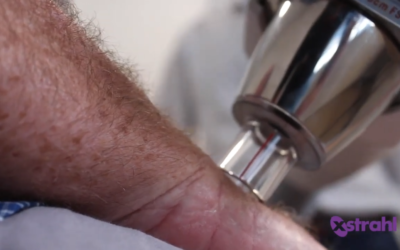Patients treated with palliative intent present a complex issue for radiotherapy departments in terms of their specific care needs, treatment times, and the productivity of orthovoltage resources. This study seeks to evaluate and quantify patient-related factors, treatment times, and to assess tools and data for future utilisation by radiotherapy departments. A modified Basic Treatment Equivalent (BTE) methodology was chosen, with stopwatch timings taken of treatments on orthovoltage units, over a 4-week period at two radiotherapy departments. Data collected included patient-related, treatment and equipment factors to assess their relative or specific effects on treatment times. Analysis considered the differences in data sets, significance and correlation. Forty-three fractions of treatment were recorded, across a range of treatment sites. The number of fields and delivery of first fractions/plan and treat episodes were found to result in significant differences in treatment time. The use of equipment, age and performance status were not found to be influential. Pain and skin viability symptoms had the greatest impact on treatment times–with these themselves being influenced by the impact of number of fields treated and first fractions. A full study should now be undertaken with a view to design a new equivalence model for the effective assessment of orthovoltage productivity.
S.L. Donaghey






